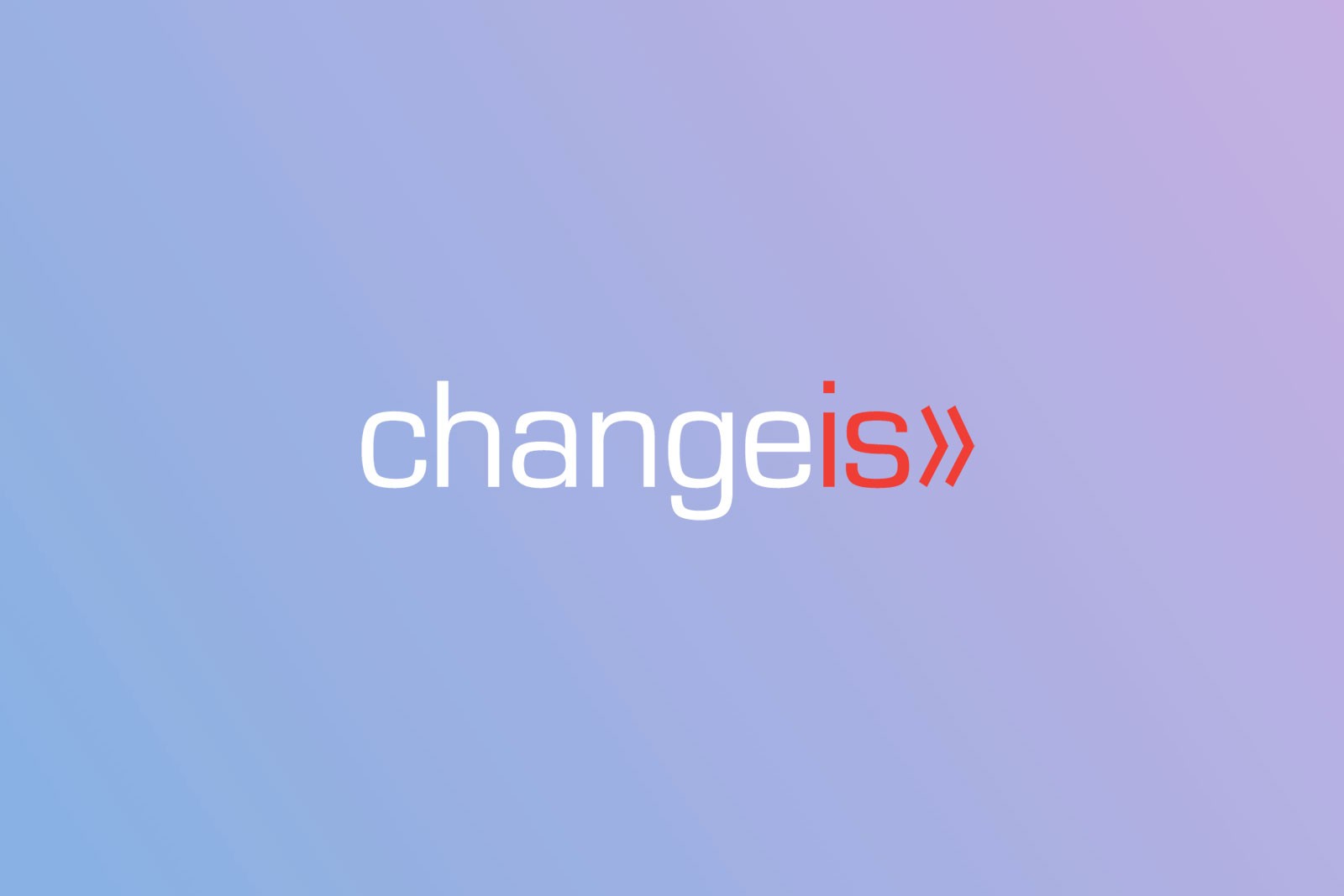The complexity of managing supplier portfolios, coupled with the need to apply cost saving strategies, often leads organizations to contract with a small group of suppliers. While initiatives such as Federal Category Management and other approaches may improve efficiency and cost savings, they may also inhibit a wider range of innovative ideas and practices that can result from a larger group of smaller, more diverse suppliers.
A recent MIT Sloan Management Review publication, The Long-Tail Strategy for IT Outsourcing, describes an approach which allows for cost management in supplier relationships while still maintaining access to smaller, innovative technologies. This strategy builds a foundation of partnerships with a few key suppliers while also contracting with several smaller providers.
While Federal Government agencies are already required to include small businesses in procurement dollars spent, many best practices from the private sector can still be implemented across agency initiatives to achieve greater innovation. The MIT publication above outlines five best practices for using the “Long-Tail Strategy.”
Assign several managers the task of finding new technologies
Mid and senior level managers have the best understanding of needs in their business units and therefore, are often most qualified to identify potential applications of new technologies and opportunities. These managers should proactively scan for information and opportunities around technological advances and suppliers to consider, and be included as subject matter experts (SMEs) in procurement teams.
The procurement office may implement processes and communication channels which allow managers to easily share and collaborate with each other as well as with procurement professionals. This information exchange supports a mutual understanding of need, successes, and opportunities that lead to future procurement requirements. SMEs who have been tasked with staying abreast of new technologies may also be included in procurement teams involved with developing requirements documents.
Invest in relationships with the smaller suppliers
Successfully implementing the “Long-Tail Strategy” requires a focused effort on attracting suppliers best suited for the contract. Unlike private industry, in which smaller suppliers may view their role as only temporary, Government contracts with known requirements and timeframes allow smaller sub-contractors to invest in relationships and provide their most talented resources to contracts.
Writing requirements which include the most current technologies and methodologies will encourage the most innovative companies to write proposals for work. Likewise, larger contractors will be motivated to find small business partners with the capabilities to supplement their services.
Encourage suppliers to present new services
Part of relationship building between contracting officer representatives (CORs) and suppliers should include discussions about innovative solutions and methodologies. The technological capabilities of suppliers, combined with knowledge of the client’s business or mission, can often be the catalyst for new solutions that still fall within the scope of the current contract and can be executed in the upcoming option years.
Manage the complete supplier portfolio
In the private sector, governance of the ever-changing supplier portfolio landscape is critical to success. A detailed analysis is required to identify core business processes as well as non-critical experimental processes. This allows long-term strategic partners to be responsible for business-critical processes while niche suppliers are able to tackle low-risk endeavors with high potential for success.
Likewise, the public sector can use Category Management and tools such as Acquisition Gateway to leverage the buying power of the Government while using smaller contracts for developing and implementing new technologies.
Architectural capability
Central to aligning innovative technologies is the underlying technical architecture, data standards and common data sources. While Federal Enterprise Architecture supports the basis for integration of niche solutions into an agency, bypassing the “typical” development process can provide an innovation jump-start.
Consider resources such as 18F and other creative solutions for project completion which are designed to provide agile solutions within the context of the Federal Government. Results that can be achieved outside of the typical procurement process while still adhering to the Federal Acquisition Regulations (FAR) and other standards may be the impetus for lasting change within your agency.
